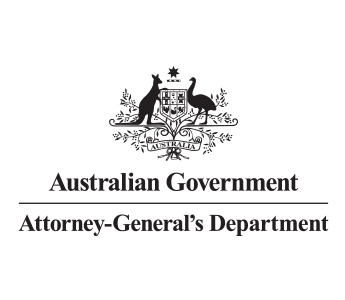Legislative and policy framework
Table of contents
The Australian Government’s legislative and policy framework requires entities to take all reasonable measures to prevent, detect and respond to fraud and corruption.
The Public Governance, Performance and Accountability Act 2013 (PGPA Act) establishes a coherent system of governance and accountability for public resources, including protecting those resources from risk.
The Commonwealth Fraud and Corruption Control Framework, under the PGPA Act, is designed to support Australian Government entities to effectively manage the risks of fraud and corruption (these terms are defined in the Framework’s glossary).
Within the Framework, section 10 of the Public Governance, Performance and Accountability Rule 2014 requires Commonwealth entities to take all reasonable measures to prevent, detect and respond to fraud and corruption relating to the entity. This includes ensuring that risks of fraud and corruption are considered when:
- planning and conducting the activities of the entity [s10(e)], and
- there is a substantial change in the structure, functions or activities of the entity [s10(a)].
The Fraud and Corruption Policy reinforces these requirements by requiring all non-corporate Commonwealth entities to consider measures to prevent and mitigate fraud and corruption risks when designing, implementing, delivering and undertaking government initiatives (Policy Paragraph 5.3). This may include conducting targeted fraud and corruption risk assessments, where appropriate (Policy Paragraph 1.3).
The Commonwealth Risk Management Policy (Policy Element 1) also establishes mandatory requirements for managing risks in undertaking government activities. This includes the requirement to embed risk management into the decision-making activities of an entity to enable risk to be managed in a repeatable and consistent way, when designing, implementing, delivering and undertaking government initiatives.

